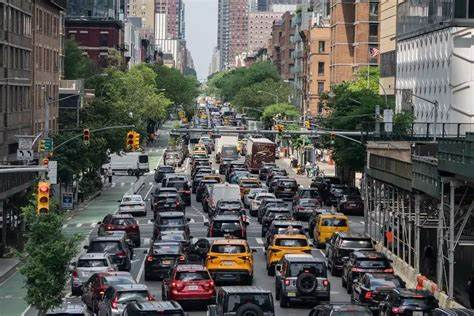Maldives Seeks Helps During Climate Change Crisis
The Maldives are an island nation known for their crystal blue waters brimming with sea life. These same waters, which bring in tourists and fuel the country’s economy, are on the brink of destroying the Maldives if something isn’t done quickly.
The Maldives are composed of a chain of 1,200 small islands, each of them not much higher than sea level. That makes it the lowest-lying country in the entire world. The Maldives are home to thousands of different species of sea life, all of which are at risk from ocean acidification and rising ocean temperatures rising. If climate change continues at the rate that we have been seeing, by the year 2050, 80% of the islands would be uninhabitable.
Not only are the Maldives at risk of global sea levels rising, but they are also affected by the rising temperature of the sea and the increased risk of natural disasters. Coral is a very delicate type of species and needs a certain type of environment to be able to survive, which is unfortunate because rising temperatures are making coral growth difficult. Additionally, as CO2 levels continue to increase from global emissions, more CO2 is being absorbed into the ocean causing ocean acidification—another factor that can lead to coral death. Due to the fact that the Maldives hosts 3.14% of all coral in the entire world, which is monumental considering how small the country is, the country is deeply affected by coral bleaching.
Another side effect of global warming is an increase in natural disasters and as shown in 2004, the Maldives is exceptionally susceptible to this. Since 80% of the land in the Maldives is less than a meter above sea level, flooding is very common and tsunamis have a great impact in this country. In 2004, the country was hit with the Indian Ocean Tsunami which killed 82 people and hit all but nine of the 1,200 islands. This natural disaster left the Maldives in a state of chaos, and it took years to rebuild and recover from.
From October 31st to November 12th, the 26th annual United Nations Climate Change Conference (COP26) was held to discuss what actions could be taken to mitigate the effects of climate change. The president of the Maldives, Ibrahim Mohamed Solih, was not afraid to speak up and took a strong stance in hopes to save his country. President Solih started off by saying, “Our islands are slowly being eaten by the sea, one by one. If we do not reverse this trend, the Maldives will cease to exist by the end of this century.” This is a clear cry for help, and there are many other countries that are in the same predicament.
As per usual, the bigger countries such as the US, Canada, and China produced the most amount of gasses emitted while the smaller countries, like the Maldives, are reaping most of the effects. It is also important to keep in mind that the Maldives produces very little admissions regarding greenhouse gas emissions.
According to the Paris Agreement in 2015, countries had agreed to limit the rise in global temperatures by 1.5 degrees Celsius. Scientists have advised this to be the threshold that the Earth can continue to survive under. Unfortunately, countries have been having trouble staying under 1.5 degrees Celsius, which can be a problem. President Ibrahim Mohamed Solih says that “It is a death sentence for us.”
48 undeveloped countries, such as Costa Rica, Samoa, and Barbados, have been calling out more developed countries for aid. They have proposed that the developed countries give 100 billion dollars to help minimize the effects of climate change. This has been promised to be fulfilled by 2020, and Mohamed Nasheed, former president of the Maldives, said, “It has not just been missed—it’s been missed by miles.” This is upsetting to many world leaders of underdeveloped countries because they are not the ones contributing to climate change the most, but they are still experiencing the worst effects.
In addition to Nadeesh speaking on behalf of the Maldives, the environment minister Aminath Shauna had a lot to say. Shuma commented that “[the Maldives] will not survive by the year 2100” and “there’s no higher ground for [the Maldives].” Shauna emphasized that 20 different countries make up 75% of the world’s global admissions and despite the promises to cut down their admission in 2021, there was a 5% increase in global admissions. She claims, “No one is listening to … what we are experiencing in terms of extreme weather events.” It is becoming increasingly difficult for smaller countries to be heard and respected.
Although the Maldives are in dire need of help, they are also willing to lead by example and have displayed that in more ways than one. New developments have been put in place in the Maldives to combat climate change, such as shifting to an almost completely sun-powered electric system as the Maldives have an abundance of solar power due to their geographic location. The prime minister stated, “Just yesterday we celebrated the Maldives reaching a target of phasing out its chlorofluorocarbons 10 years before the deadline in the Montreal Protocol…We are not here to tell a story that we’re just victims. We are also willing to lead by example”.
The Maldives are dying, and there is no other way to spin it. They have asked for help multiple times and are growing closer and closer to sea level each year. The Earth must be respected and cared for, as otherwise, the Maldives will be the first of many countries that are engulfed by the sea. But it’s not too late—if all nations agree to reduce carbon emissions or even implement a carbon-neutral policy, the Maldives and many other countries will be saved and hope for the future will be renewed.









